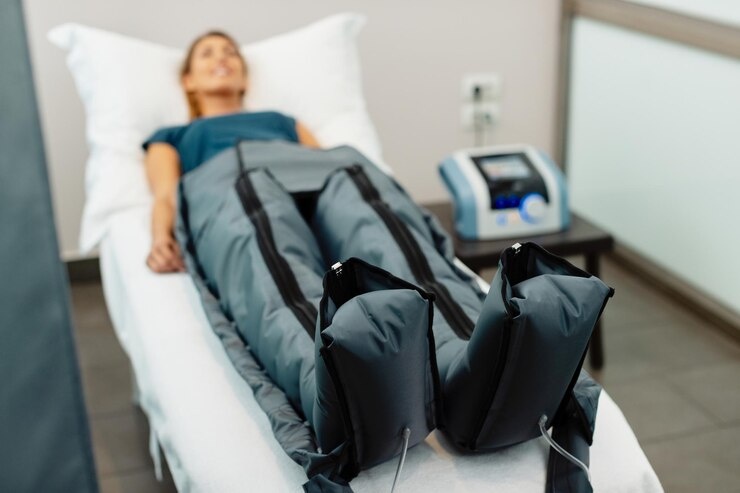Introduction
In the realm of diving, understanding decompression tables is paramount. These tables are indispensable tools that aid divers in managing their ascent from the depths safely, minimizing the risk of decompression sickness (DCS) or "the bends." Whether you're a novice diver or a seasoned professional, comprehending the fundamentals of decompression tables is essential for safe diving practices. In this comprehensive guide, we delve into the intricacies of decompression table, their underlying principles, and their practical applications.
Decompression Tables: A Dive into the Basics
What are Decompression Tables?
Decompression tables are systematic guidelines used by divers to plan their ascent from underwater dives. These tables provide crucial information regarding the duration and depth of dives, along with recommended decompression stops needed during ascent. Essentially, they outline a safe ascent profile to minimize the risk of decompression sickness.
The Science Behind Decompression Tables
At the heart of decompression tables lies the science of dissolved gases in the bloodstream, particularly nitrogen. When a diver descends underwater, the increasing pressure causes nitrogen to dissolve into bodily tissues. During ascent, if the pressure decreases too rapidly, the dissolved nitrogen can form bubbles in the bloodstream, leading to decompression sickness.
Understanding Pressure and Gas Absorption
The key principle governing decompression tables is Henry's Law, which states that the amount of gas dissolved in a liquid is directly proportional to the partial pressure of that gas above the liquid. In diving, this translates to higher pressure at depth leading to increased gas absorption in body tissues.
The Role of Nitrogen
Nitrogen is the primary gas of concern in diving due to its relatively high solubility in tissues compared to other gases in the air. As divers descend, nitrogen accumulates in their tissues. Proper decompression tables help manage the gradual release of this accumulated nitrogen during ascent to prevent the formation of bubbles.
Factors Influencing Decompression
Several factors influence the complexity of decompression, including dive depth, bottom time, repetitive dives, and individual physiology. Decompression tables take these factors into account to provide tailored ascent profiles for various dive scenarios.
Types of Decompression Tables
1. Traditional Dive Tables
Traditional dive tables present pre-calculated ascent profiles based on specific depth-time combinations. Divers match their dive parameters to the corresponding table entries to determine ascent times and decompression stops.
2. Dive Computers
Dive computers are electronic devices that continuously monitor depth and time during dives, calculating real-time nitrogen uptake and recommending ascent profiles accordingly. While more convenient than traditional tables, they rely on similar decompression algorithms for safe ascent.
Using Decompression Tables: A Step-by-Step Guide
1. Determine Dive Parameters
Before consulting decompression tables, divers must establish critical parameters such as dive depth, bottom time, gas mixture, and water temperature.
2. Refer to Appropriate Table
Based on the dive parameters, divers select the appropriate decompression table or algorithm. For traditional tables, this involves finding the corresponding depth-time combination.
3. Ascend According to Guidelines
Following the provided guidelines, divers ascend gradually, making necessary decompression stops as indicated by the table. These stops allow for the gradual off-gassing of nitrogen accumulated during the dive.
4. Monitor Ascent Progress
Throughout the ascent, divers must closely monitor their depth, time, and decompression stops. Any deviations from the planned ascent profile should be addressed promptly to mitigate the risk of decompression sickness.
Safety Considerations
1. Conservative Approach
It's essential to adopt a conservative approach when using decompression tables, allowing for additional safety margins to account for unexpected contingencies.
2. Adherence to Guidelines
Strict adherence to decompression guidelines is crucial for diver safety. Deviating from recommended ascent profiles can significantly increase the risk of decompression sickness.
Conclusion
In conclusion, decompression tables are indispensable tools for safe diving practices. By understanding the science behind these tables and adhering to their guidelines, divers can mitigate the risk of decompression sickness and enjoy their underwater adventures with confidence. Whether utilizing traditional dive tables or modern dive computers, prioritizing safety and adherence to recommended ascent profiles is paramount. By mastering the basics of decompression tables, divers can explore the depths of the ocean while minimizing risks and maximizing enjoyment.


No comments yet